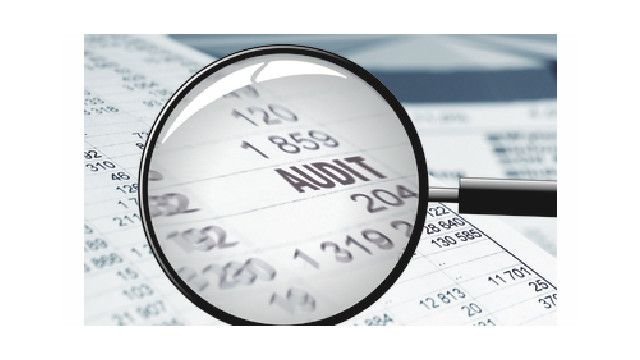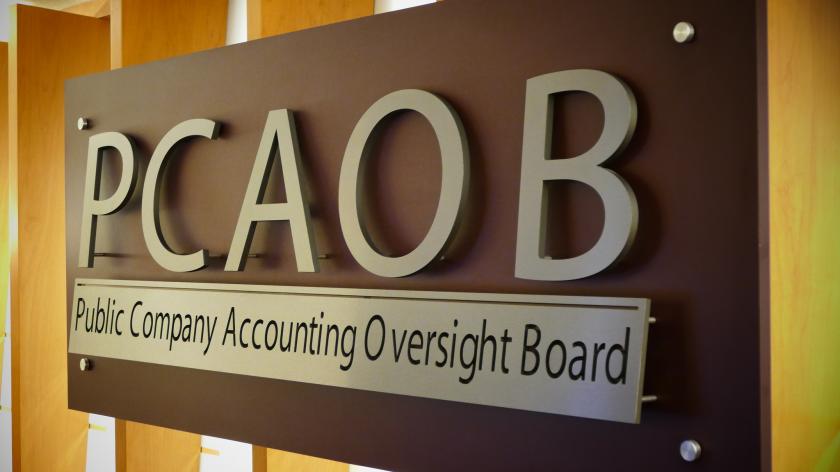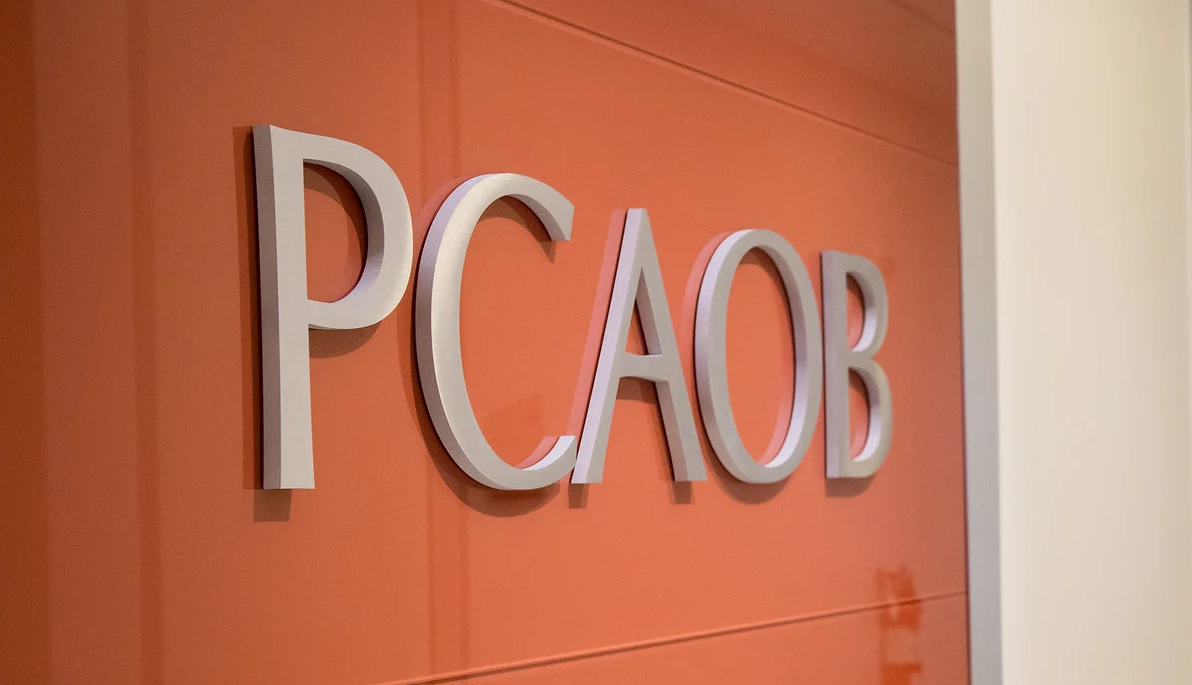The use of internal controls is paramount to the success of any organization. Put in place by management, internal controls allow businesses to successfully achieve three objectives:
- Production of accurate financial reporting
- Compliance with all rules and regulations
- Efficient organizational operation capability
Along with these three primary objectives, internal controls have five main components established by the Committee of Sponsoring Organizations (COSO) which provides guidance for companies around the world. Known as the COSO framework, these five components include the following.
Control environment
Before any of the other components can be examined, the control environment must first be established. The control environment examines the behavior of top management and their ability to implement the necessary controls, looking at everything from the ethics of an organization’s top management to their integrity in handling any problems or issues that may arise, because top management sets the tone for the rest of the organization, things like human resource policies and procedures, management philosophy, and organizational structure. Control environment also includes participation of management and board to ensure that internal controls are abided by, as well as how employee responsibilities are assigned and managed.
Risk assessment
After the control environment has been established, the next component to consider is risk assessment. Assessing the risks of a company is essential since risks must be identified prior to any control procedures being implemented. Risks will naturally vary from company to company, depending on the organization itself, its current control environment, or even a specific industry. Both internal and external risks must be identified so that a proper process can be put into place to help mitigate the identified risk.
Control activities
The third component of internal controls is control activities. This area includes all policies and procedures that have been put into place by management as well as how those processes are carried out. Similar to the control environment, the control activities component looks at how top management handles tasks such as delegation of duties, transaction authorization, asset protection, as well as routine reconciliations. While it may be impossible for a small company with few employees to ensure that tasks are equally distributed, it’s still important that proper oversight measures be put into place.
Information and Communication
The fourth component is information and communication. This component ensures that the flow of information within the company is completed both timely and accurately. For example, if communication between management and staff is not completed promptly and properly, it’s probable that necessary activities will not be completed in a timely fashion.
Monitoring
It’s important that every business have adequate monitoring measures in place. While managers can be tasked with monitoring their employees, it’s the responsibility of upper management to monitor any controls that have been established. It’s also upper management’s role to modify any monitoring and control processes should the need arise.
If all five of these components are implemented and are operating effectively, they can help ensure that an organization will achieve its goals while avoiding unnecessary complications along the way.
Why are internal controls important?
Establishing and using the proper internal controls is vital for businesses of any size. While internal controls cannot always prevent fraud, particularly if the fraud is being carried out by upper management, in normal circumstances they can help in the detection of fraudulent activity. Internal controls can also ensure that financial statements are prepared both timely and accurately, while also addressing any assertions made in the completed financial statements.
Human error can occur even if internal controls have been implemented. However, with the appropriate internal controls in place, it’s more likely that any errors made will be found quickly, and they will be corrected promptly.
Finally, establishing robust internal controls can help set the tone in a business. A business that does not properly establish internal controls is far more likely to experience multiple issues than the business that has strict internal controls in place.
By setting and properly managing internal controls, businesses of any size will be able to meet three key business objectives: accurate financial reporting, compliance with all necessary regulations, and effective operations.
Thanks for reading CPA Practice Advisor!
Subscribe Already registered? Log In
Need more information? Read the FAQs
Tags: Accounting





